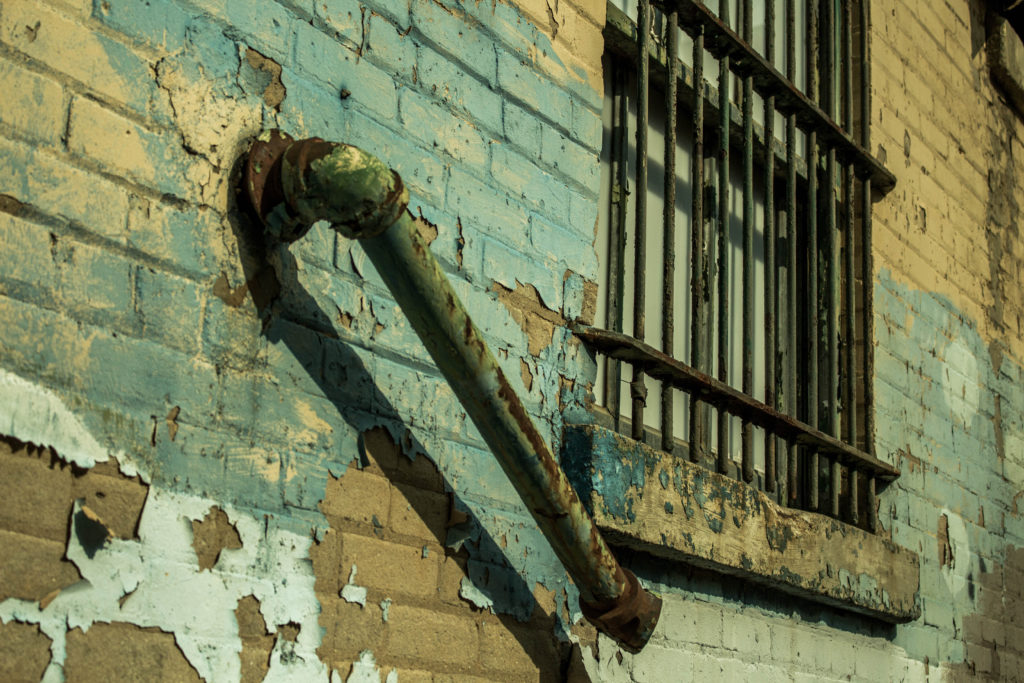Virginia Environmental Racism Blog Post
Mothers & Others For Clean Air deeply believes that access to clean air is an inherent human right. We acknowledge that communities of color often suffer from an unequal burden of toxic pollution. We offer the following resource to advance education and dialogue about Environmental Racism within the state of Virginia. This is not a comprehensive list of issues, leaders, or organizations within Virginia. Rather, this post highlights a few issues and resources, and thus encourages continued awareness and involvement with issues of environmental racism in Virginia. We welcome anyone to share additional resources or thoughts with us.

What does Environmental Racism Look Like in Virginia?
Union Hill – Union Hill began as a freedmen and freedwomen settlement near Virginia plantations after the Civil War. The community has remained historically Black. In 2015, Dominion Energy, Virginia’s largest energy producer, planned to build a pipeline and a fracked gas compressor in Union Hill. Fracked gas compressors release methane, particulate matter, and nitrogen oxides into the air[i]. All of these pollutants are considered toxic and have health effects such as asthma, lung disease, and cancer. The residents of Union Hill joined the Friends of Buckingham and worked with the Southern Environmental Law Center to overthrow the permit. In January of 2020, the community of Union Hill received a favorable ruling. The United States Court of Appeals Fourth District threw out the eighth Dominion Energy permit for the gas compressor and pipeline. The court ruled that “Environmental justice is not merely a box to be checked.”[ii]In July of 2020, Dominion Energy officially abandoned its plans for the pipeline.
Chickahominy and C4GT Natural Gas Power Plants – Charles City County, Virginia has a population of 6,963 according to the 2010 census. The minority population in Charles City County is above Virginia’s average. 44% of Charles City County’s residents are Black and nearly 7% of the residents are Indigenous[iii]. Recently, there have been two different proposals for energy plants within a mile of Charles City County.
The Chickahominy Power Plant is a fracked gas fired steam electric plant to be built in Charles City County[iv]. If built, the power plant would be the largest in Virginia. The C4GT is a fracked gas electric generation plant also proposed to be built in Charles City County. Both power plants are estimated to deposit a combined 63 parts per billion of ozone into the surrounding communities[v]. Despite large pushback over air quality concerns from these residents, Virginia’s Department of Environmental Quality recommended that the air board approve the permit for the plants.
Recently, the construction of both plants have been met with uncertainty regarding funding and the economy since COVID-19. Recently, five environmental organizations, Concerned Citizens of Charles City County, Virginia Pipeline Resisters, Chesapeake Climate Action Network, Virginia’s Poor People’s Campaign, and Richmond Interfaith Climate Justice, joined together to form the “Stop the Abuse of Virginian Energy” (SAVE) coalition. The organization has demanded the pushback of public hearings citing that Charles City County residents do not need to be fighting for their air quality at the same time that they are concerned about COVID-19[vi].
Childhood Lead Poisoning in Hampton Roads – The Hampton Roads area of Virginia consists of: Chesapeake, Franklin, Hampton, Newport News, Norfolk, Poquoson, Portsmouth, Suffolk, Virginia Beach, and Williamsburg; as well as the counties of Gloucester, Isle of Wight, James City, Mathews, Southampton, Surry, and York. According to the Hampton City Council’s website, 49% of the Hampton Roads area identifies as Black or African American. Lead is found commonly in the dirt and water in these areas and is a primary concern for parents — 166 out of 100,000 children in this area get lead poisoning each year. Lead poisoning is often linked to developmental and behavioral issues down the line in a child’s life. For more information and resources about lead contamination in Virginia visit: United Parents Against Lead and Other Environmental Hazards.
What is Virginia’s Government Doing About Environmental Racism?
Virginia’s Environmental Justice Advisory Board became a permanent advisory body to the Executive Branch in June 2020. It is a 27 member council to provide recommendations to the governor to maintain environmental justice principles. You can sign up for updates here.
BIPOC Scientists, Academics, Lawyers, and Researchers Working on Environmental or Health Racism in Virginia
There are many scientists, academics and researchers working to change the course of environmental and health racism in the state of Virginia. The professionals highlighted below are all people of color. We offer their names as a gateway for individual or organizational research. We recognize that there are many incredible researchers whose names are not on this list. We welcome anyone to share additional names with us.
Dr. Kimberly Fields: Assistant Professor at the University of Virginia; Political construction of race, equality, and environmental equality
To Get Involved with Environmental Racism Advocacy in Virginia Follow & Consider Donating to the Following BIPOC Lead Organizations:
Virginia Interfaith Power & Light
“We are people of faith collaborating to grow healthy communities and advance climate justice through education, advocacy, and worship.”
[i] Gleason, J. (January 23 2020.). Opinion | ‘Environmental Justice Is Not Merely a Box to Be Checked’ – The New York Times. New York Times. Retrieved August 7, 2020, from https://www.nytimes.com/2020/01/23/opinion/virginia-pipeline.html?smid=nytcore-ios-share&fbclid=IwAR2LmxjZv_pu6TN6s5UnRdIhLbGxbWOl_z3OgpiRlKvZa3TDS7xwfcDv3Hs
[ii] Paylor, D. K. (January 7 2020). PUBLISHED UNITED STATES COURT OF APPEALS FOR THE FOURTH CIRCUIT Chair of the State Air Pollution Control Board; VIRGINIA DEPARTMENT OF ENVIRONMENTAL QUALITY.
[iii] U.S. Census Bureau “Quick Facts” Charles City County, Virginia. 2010. https://www.census.gov/quickfacts/charlescitycountyvirginia
[iv] Virginia Department of Environmental Quality. Chickahominy Power Station. Background Information. 2019. https://www.deq.virginia.gov/Programs/Air/ChickahominyPowerStation.aspx
[v] Virginia Department of Environmental Quality. (2019). Balico, LLC/Chickahominy Power-Summary of and Response to Public Comments.
[vi] Energy and Policy Institute. Two Controversial Virginia Gas Plants Face Increasing Uncertainty, Documents Show. April 29th 2020. https://www.energyandpolicy.org/two-controversial-virginia-gas-plants-face-increasing-uncertainty-documents-show/




